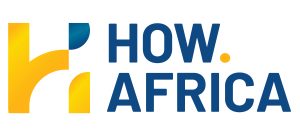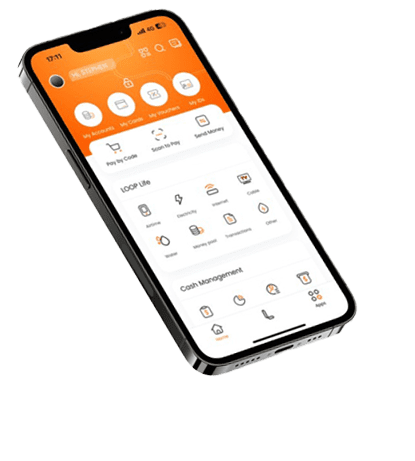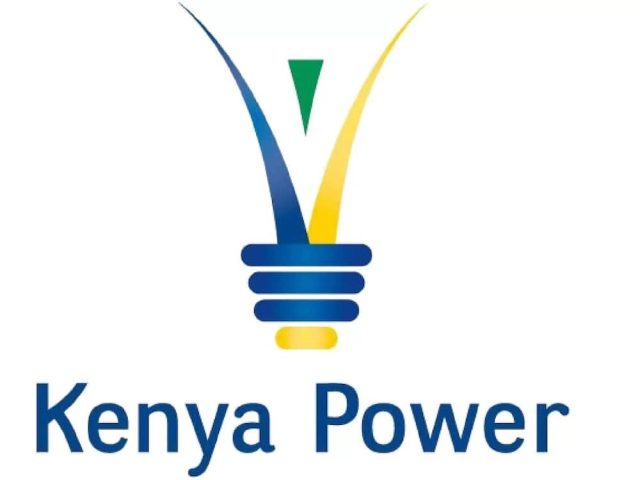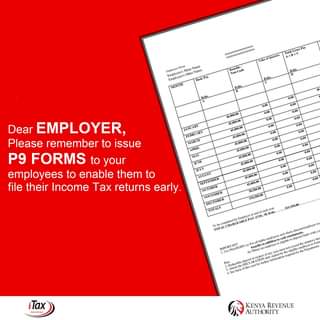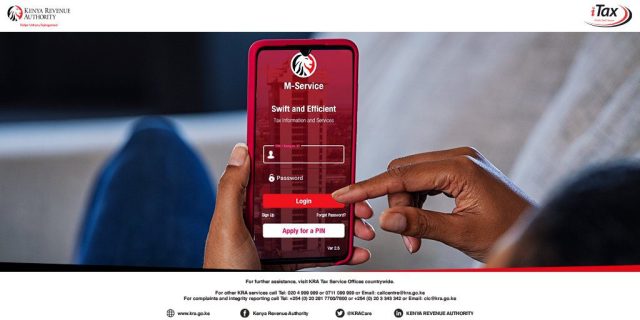How to deposit money from mpesa to cooperative bank account?
How to deposit money from mpesa to a cooperative bank account? Cooperative Bank PayBill number 400200.
To deposit money from your M-Pesa account to a Cooperative Bank account in Kenya, you can follow these simple steps:
- Open the M-Pesa menu on your mobile phone by dialing *234#.
- Select “Lipa na M-Pesa” option and then choose “Pay Bill”.
- Enter the Cooperative Bank Mpesa PayBill number, which is 400200.
- Enter your Cooperative Bank account number followed by the amount you wish to deposit.
- Enter your M-Pesa PIN and confirm the transaction details.
- Wait for the confirmation message from M-Pesa and Cooperative Bank indicating that the transaction was successful.
Can you transfer money from M-Pesa to cooperative bank?
Using the MCollection solution simplifies the process of reconciling payments made to your Co-opBank account through M-Pesa. Receiving funds into your Co-opBank Business account through Pay bill number 400222 is completely free of charge. The transactions are received immediately and credited directly to your Co-opBank account.
What is the daily limit for co operative bank to Mpesa?
The daily withdrawal limit is Ksh 40,000, though this amount may vary depending on the account limit selected by the customer.
How can I check my cooperative bank account balance on phone?
To check your Cooperative Bank account balance using the USSD code *667#, follow these steps:
- Dial *667# and call.
- Enter your Mcoopcash Pin (4 digits).
- Reply with Option 1 for Account Enquiry.
- Select Option 1 for Balance.
- Choose the account you wish to query.
- Your account balance will be displayed.
That’s it! By following these steps, you can check your Cooperative Bank account balance quickly and conveniently using the *667# USSD code.
